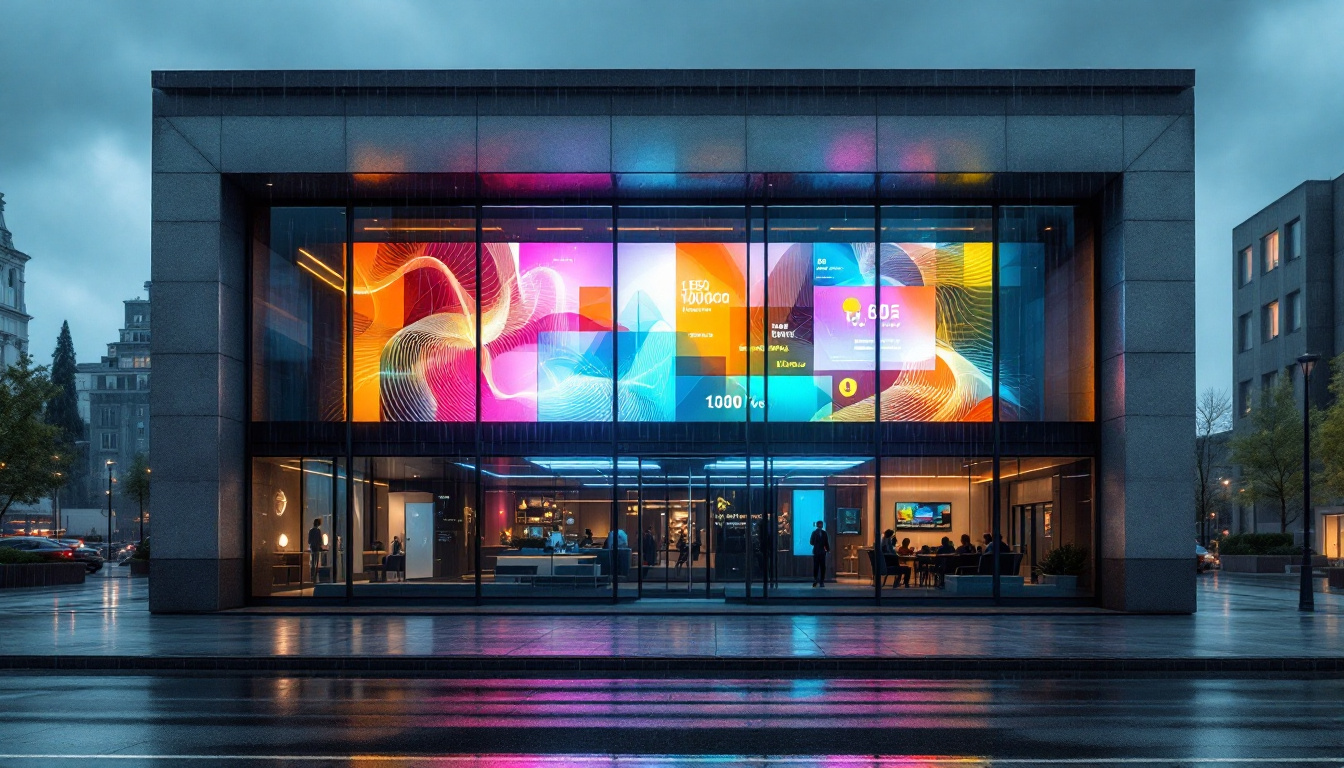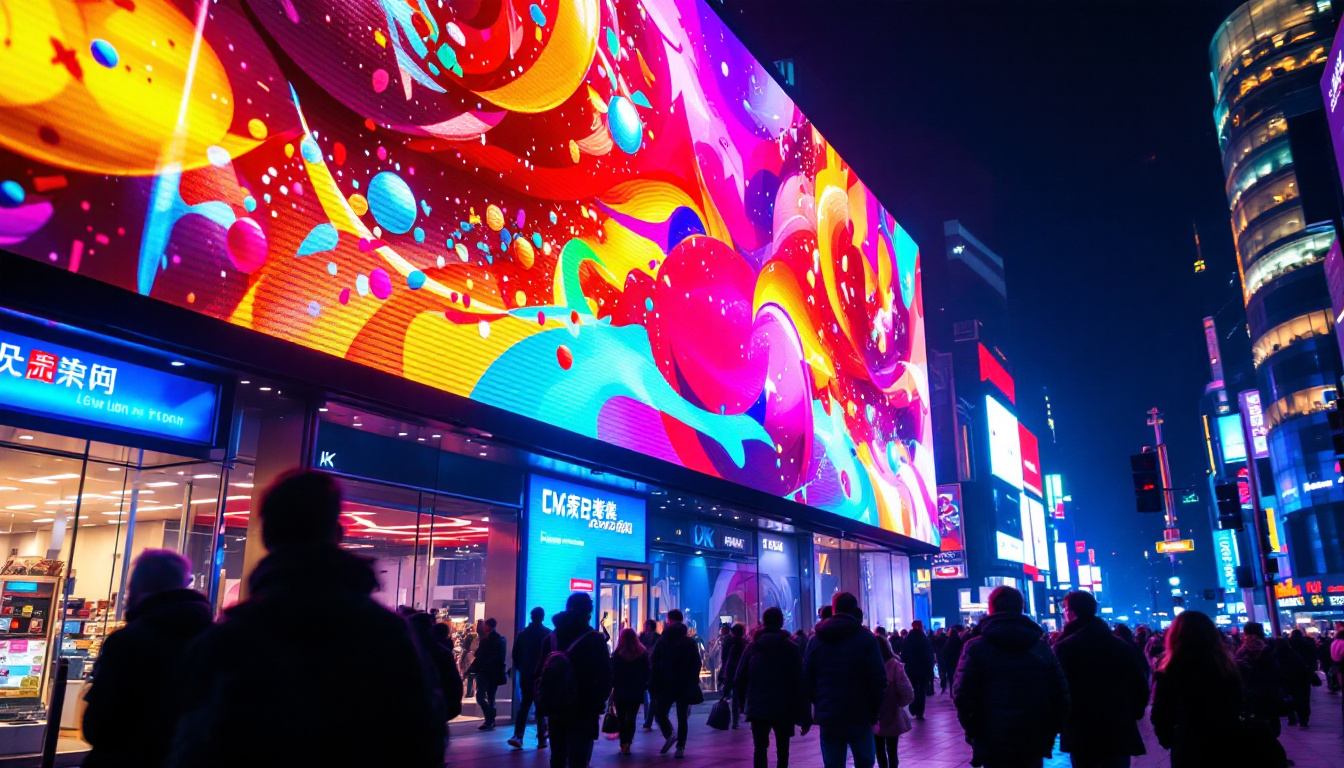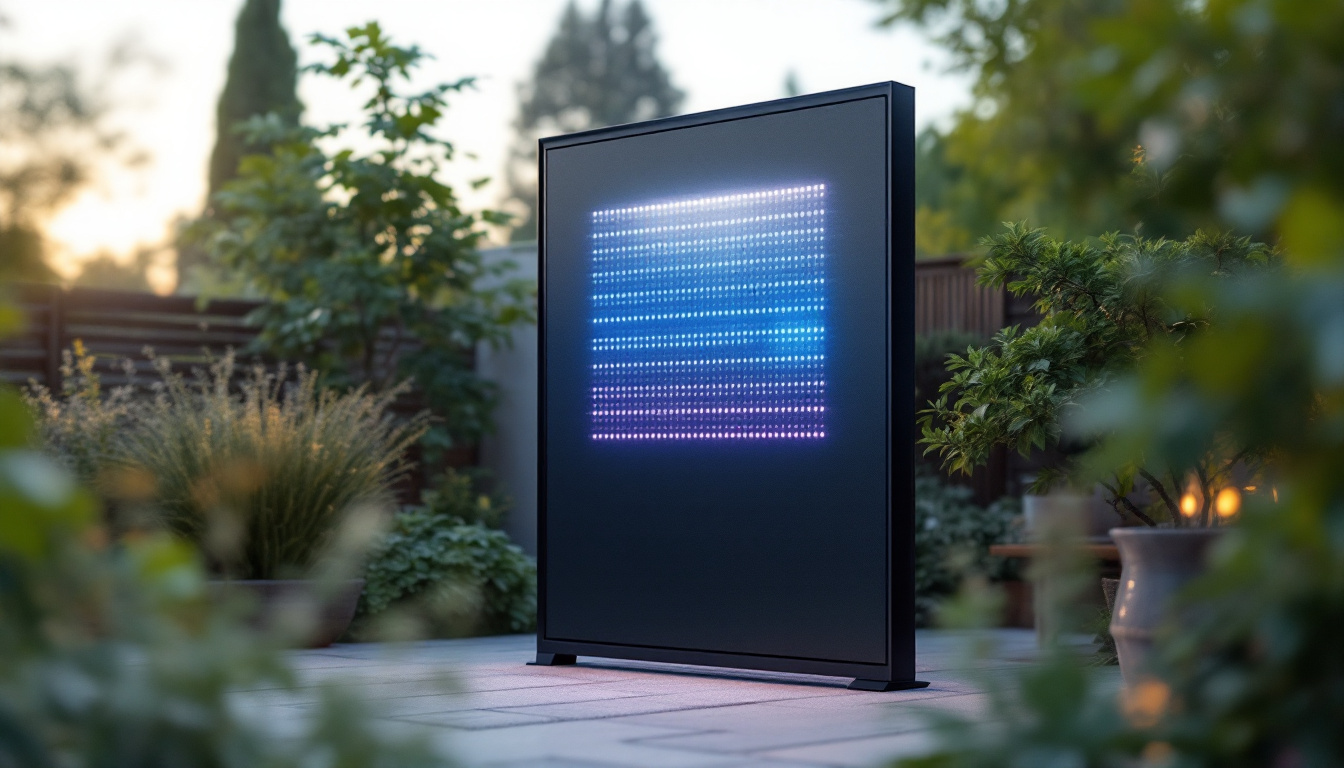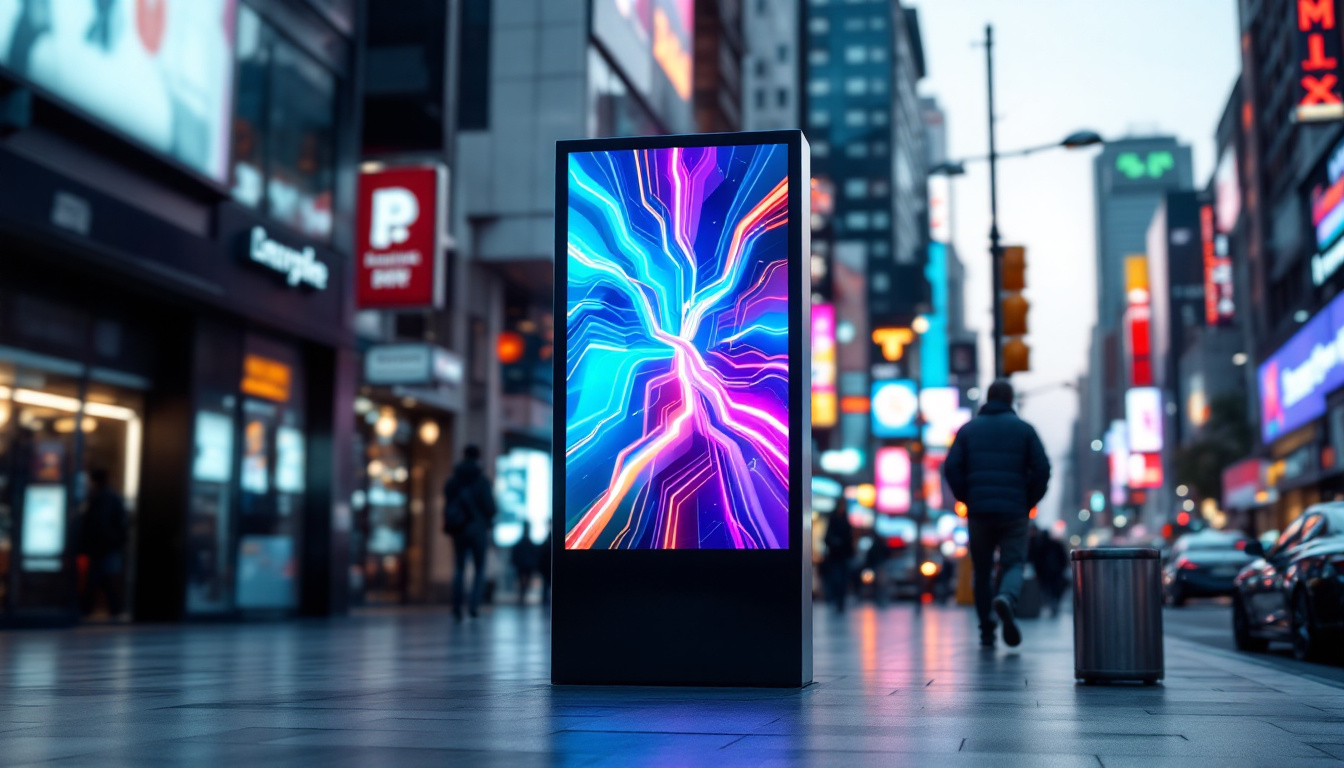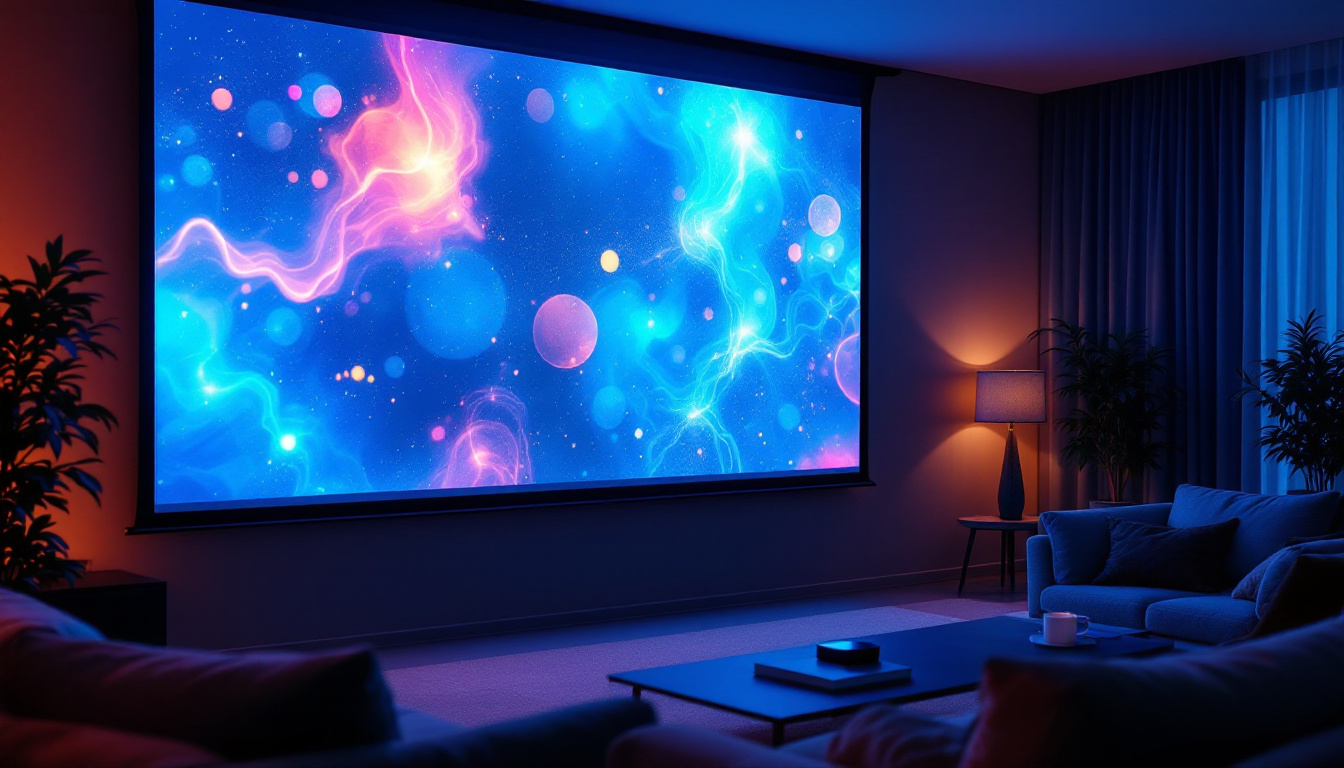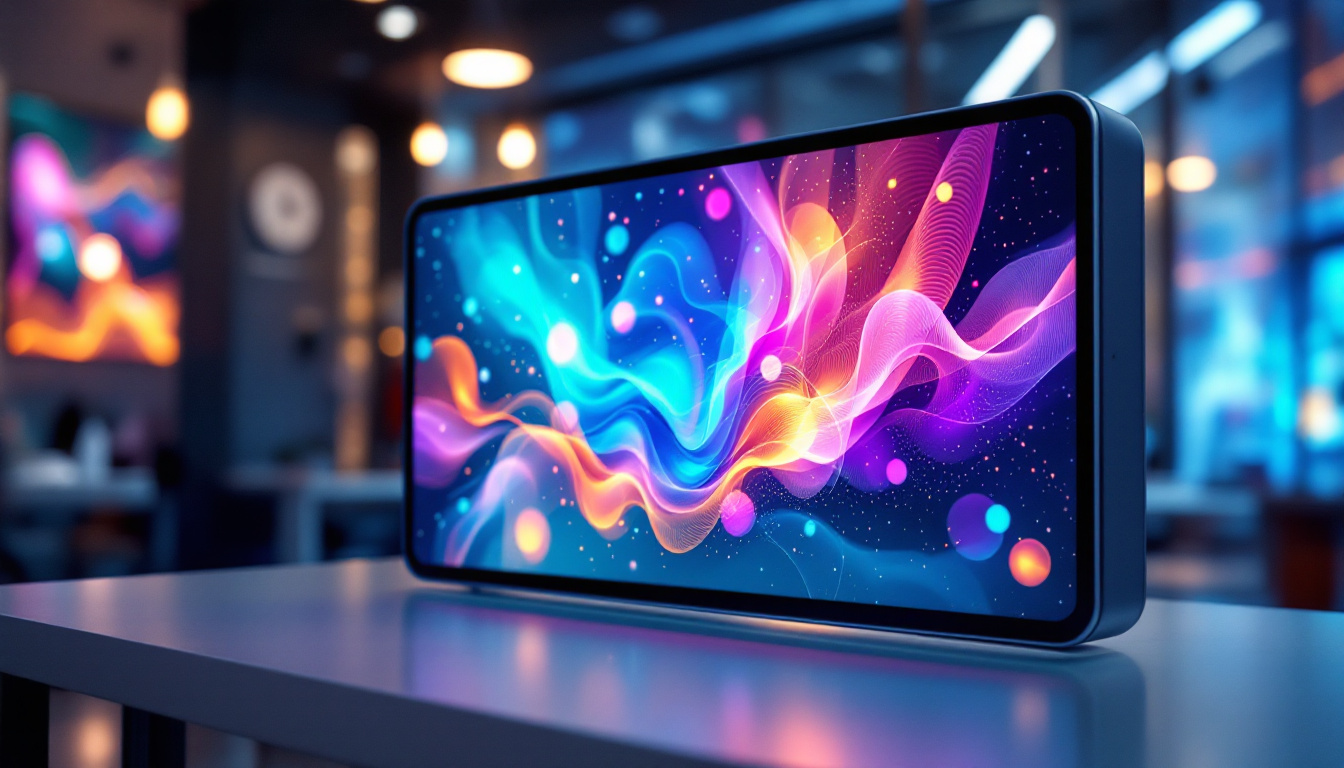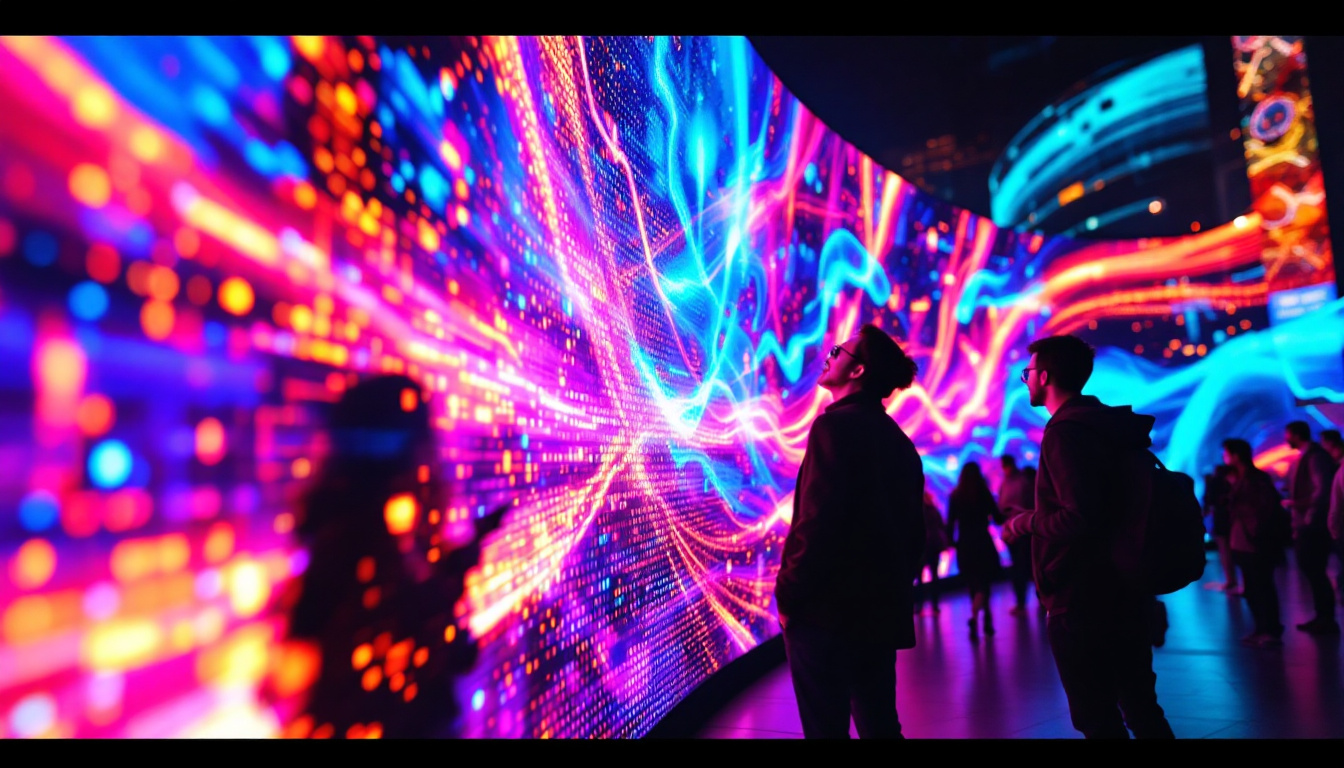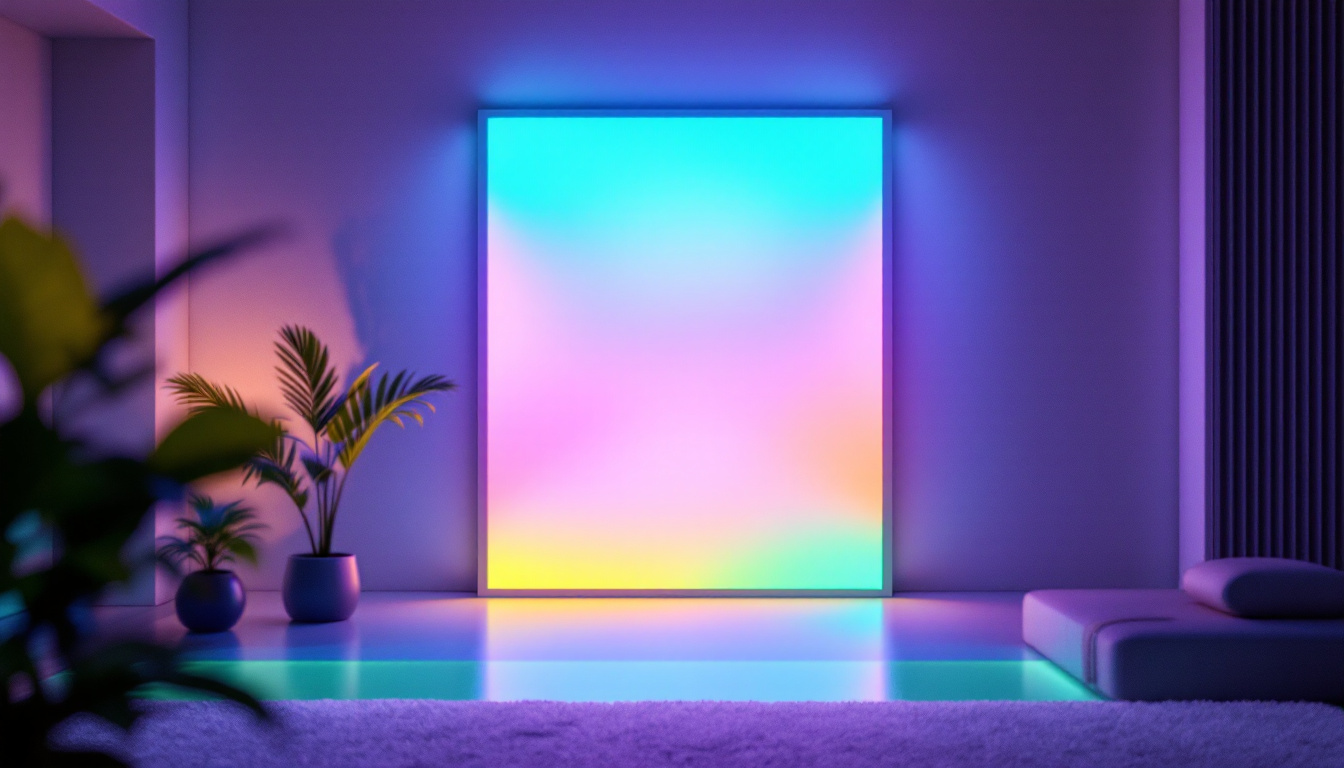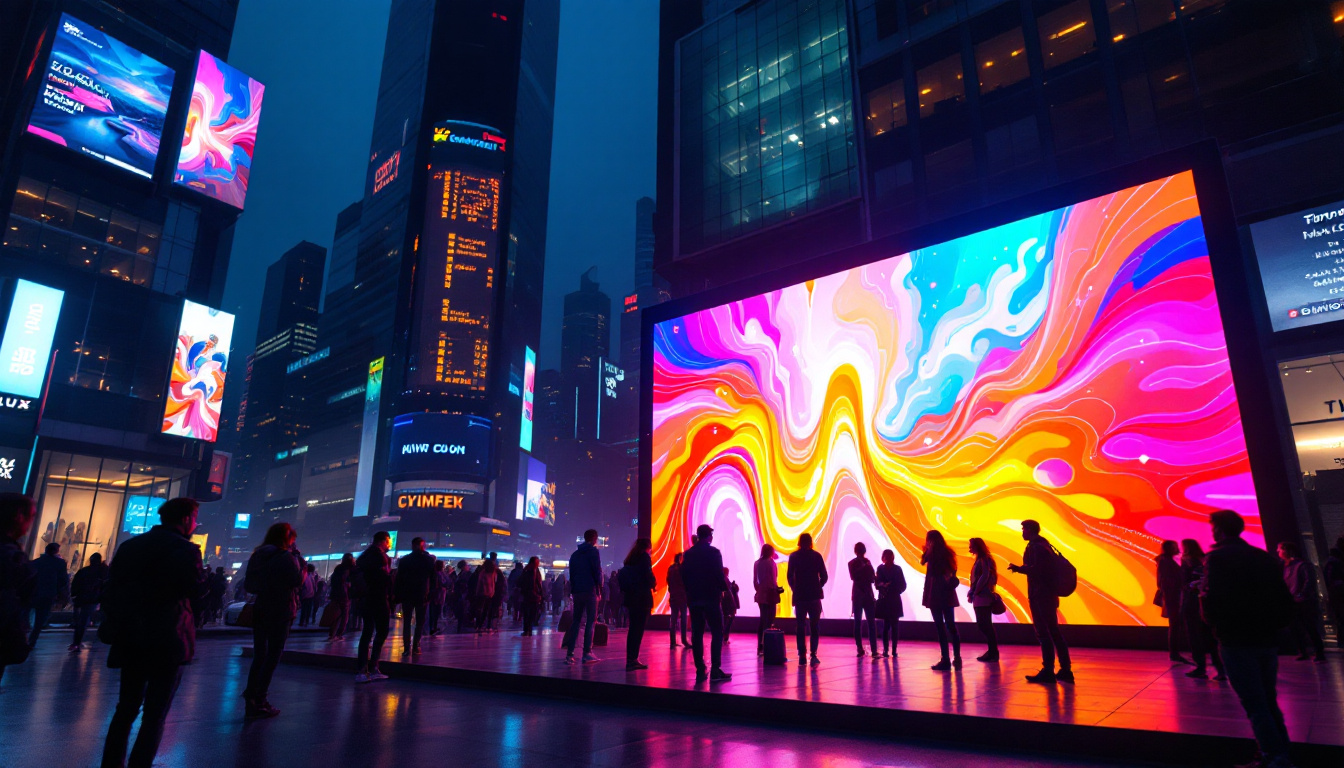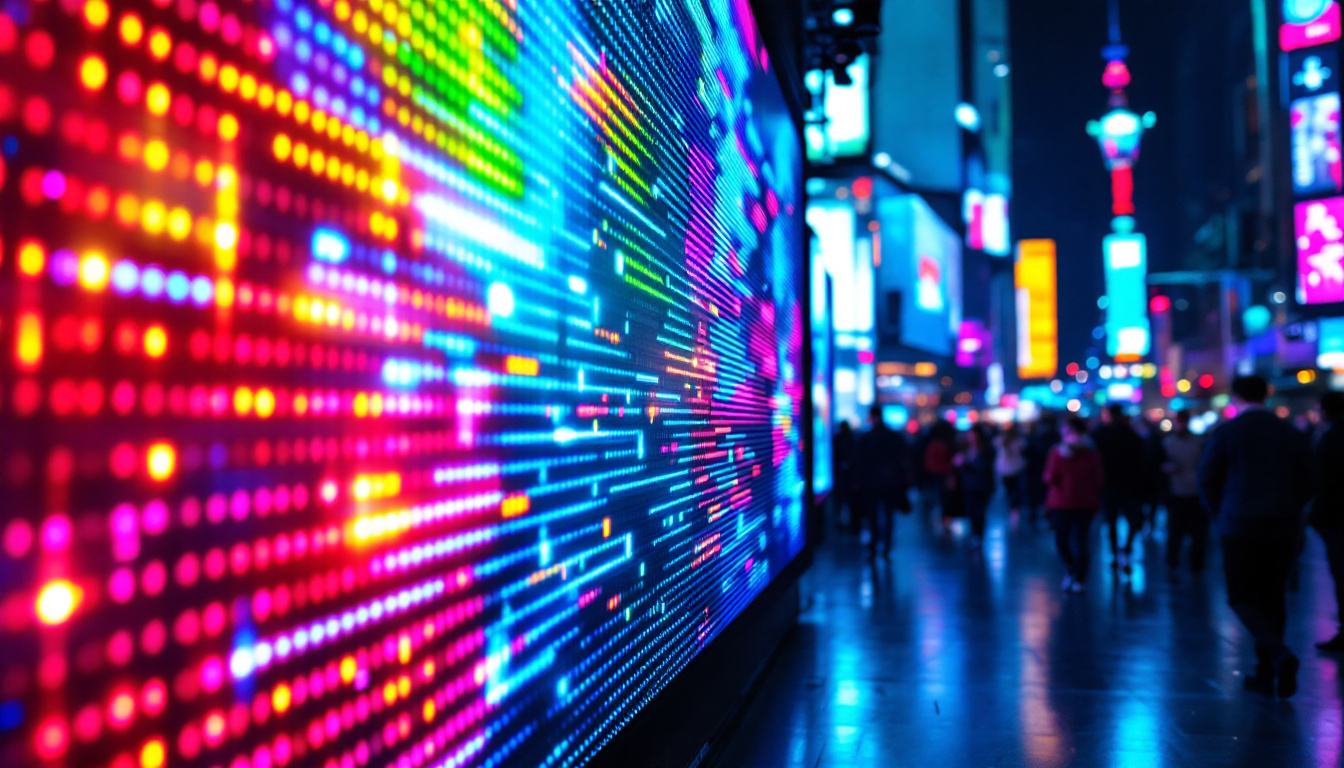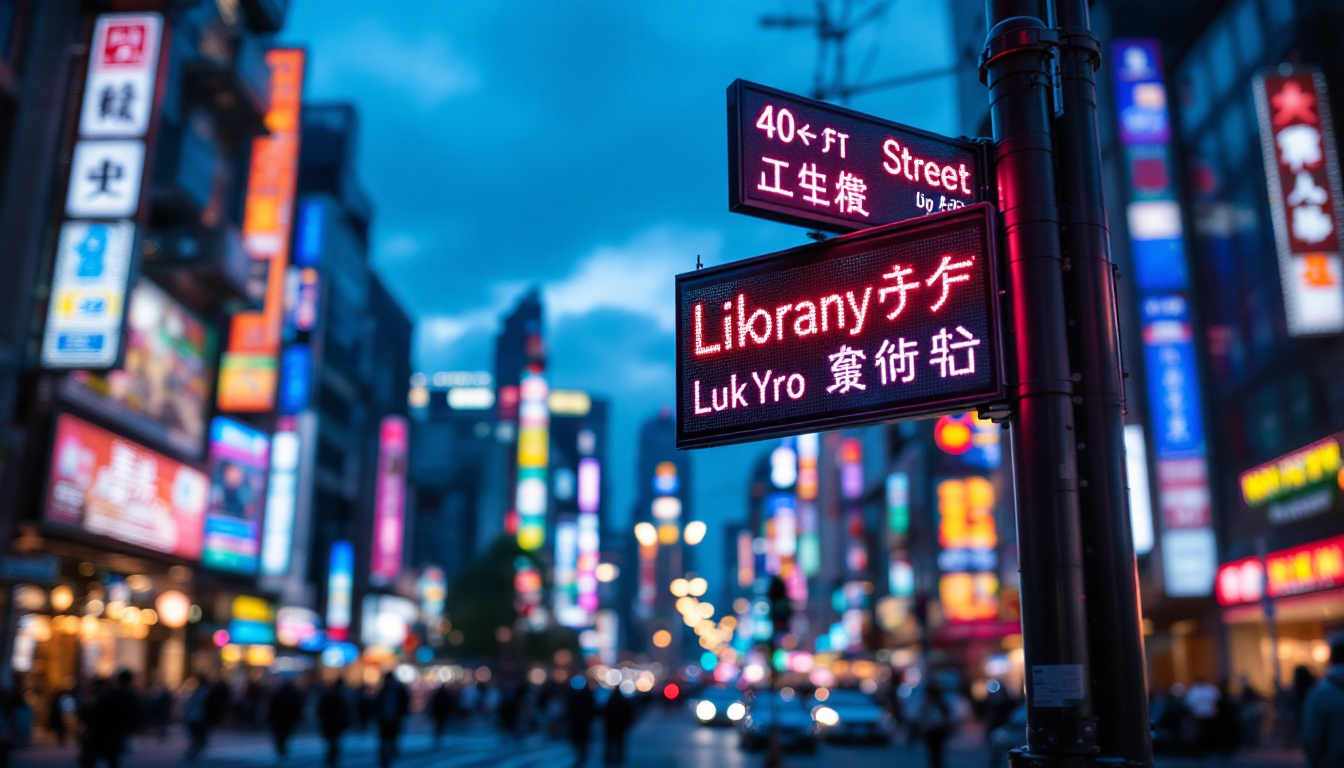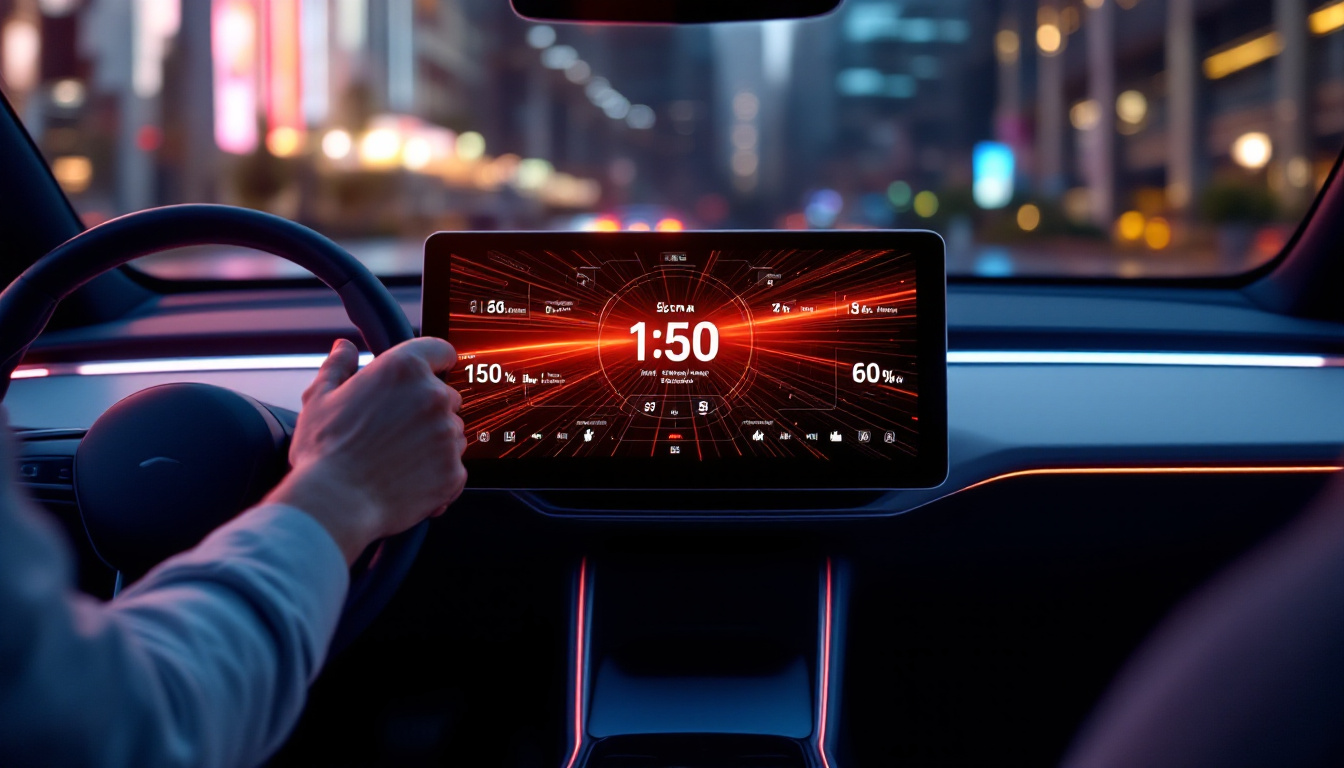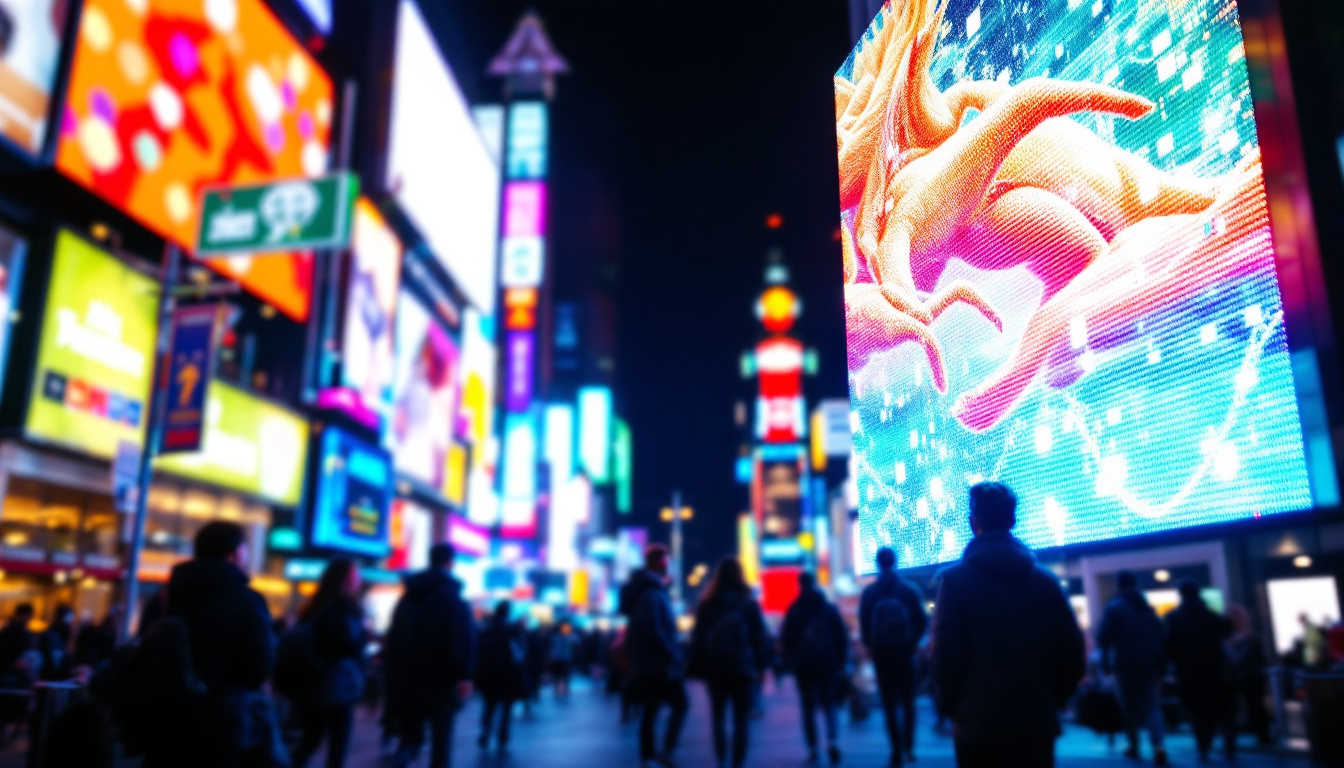In today’s fast-evolving digital landscape, LED displays have become a cornerstone of visual communication, transforming everything from advertising and entertainment to public information systems. Understanding the technology behind LED displays, their advantages, and their applications is essential for professionals across industries aiming to leverage cutting-edge visual solutions. This article delves deep into the world of LED displays, explaining their technology, benefits, types, and future trends to provide a comprehensive understanding of this dynamic medium.
What is an LED Display?
An LED display is a flat panel display that uses light-emitting diodes (LEDs) as pixels to create images and videos. Unlike traditional LCD screens that rely on backlighting, LED displays emit their own light, which results in brighter, more vibrant visuals with better contrast and energy efficiency. The technology has evolved significantly since its inception, now supporting large-scale outdoor billboards, indoor digital signage, and even wearable tech.
The core component of an LED display is the LED itself — a semiconductor device that emits light when an electrical current passes through it. These LEDs are arranged in a matrix, and by controlling the intensity and color of each LED, the display can render complex images and animations. Modern LED displays utilize red, green, and blue (RGB) LEDs to produce a full spectrum of colors, enabling vivid and accurate color reproduction.
How LEDs Work in Displays
Each pixel in an LED display is composed of three tiny LEDs: one red, one green, and one blue. By adjusting the brightness of these three LEDs, the display can create millions of different colors. This process is known as additive color mixing. The precision with which these colors are controlled determines the display’s resolution and image quality.
Moreover, LED displays can be designed as either direct view or backlit. Direct view LED displays have LEDs that are visible on the screen surface, making them ideal for large-scale outdoor signage. Backlit LED displays use LEDs to illuminate an LCD panel and are commonly found in televisions and monitors.
Types of LED Displays and Their Applications
LED display technology is versatile, with various types tailored to specific use cases. Understanding these types helps professionals select the right display for their needs.
1. Outdoor LED Displays
Outdoor LED displays are designed to withstand harsh environmental conditions such as rain, wind, and intense sunlight. They typically feature higher brightness levels, often exceeding 5,000 nits, to ensure visibility even in direct sunlight. These displays are commonly used for advertising billboards, sports stadium screens, and public information boards.
For example, Times Square in New York City showcases some of the most iconic outdoor LED displays, which attract millions of viewers daily. The ability to display dynamic content in vibrant colors makes these displays highly effective for marketing and public engagement.
2. Indoor LED Displays
Indoor LED displays are optimized for environments with controlled lighting and are often used in retail stores, corporate lobbies, conference rooms, and entertainment venues. They generally have lower brightness levels compared to outdoor displays but offer higher resolution and finer pixel pitch, resulting in sharper images.
In retail, indoor LED displays enhance customer experience by delivering engaging promotional content. Corporate environments use these displays for presentations, digital signage, and branding purposes, capitalizing on their flexibility and visual impact.
3. Transparent LED Displays
Transparent LED displays are a cutting-edge innovation that allows for see-through screens. These displays integrate LEDs into glass panels, enabling viewers to see both the displayed content and what lies behind the screen. This technology is gaining traction in retail storefronts and architectural applications, where it combines advertising with aesthetic design.
For instance, luxury brands use transparent LED displays to showcase products behind glass while simultaneously displaying promotional videos, creating a captivating shopping experience.
4. Flexible and Curved LED Displays
Flexible LED displays use bendable substrates that allow the screen to curve or wrap around surfaces. This adaptability opens new possibilities for creative installations in events, exhibitions, and architectural designs. Curved LED displays enhance immersion, especially in arenas and theaters, by providing a wider viewing angle and more engaging visuals.
Key Advantages of LED Displays
LED displays offer several benefits that make them a preferred choice over other display technologies.
Superior Brightness and Visibility
One of the most significant advantages of LED displays is their exceptional brightness. With peak brightness levels far exceeding those of LCD or OLED displays, LEDs ensure clear visibility even in bright outdoor environments. This capability is crucial for advertising and public information systems where message clarity is paramount.
Energy Efficiency and Longevity
LED technology is inherently energy-efficient, consuming less power than traditional lighting and display systems. This efficiency translates into lower operating costs, especially for large-scale installations that run continuously. Additionally, LEDs have a longer lifespan, often exceeding 100,000 hours, which reduces maintenance and replacement expenses.
High Contrast and Color Accuracy
Since LEDs emit light directly, they can achieve true blacks by turning off individual pixels, resulting in high contrast ratios. This feature enhances image depth and realism. Furthermore, the use of RGB LEDs allows for precise color control, making LED displays suitable for applications requiring accurate color representation, such as digital art and broadcasting.
Scalability and Customization
LED displays are highly modular, allowing for easy scalability to fit various sizes and shapes. This flexibility enables custom installations tailored to specific environments and purposes. Whether it’s a massive outdoor billboard or a small indoor display, LED technology can be adapted accordingly.
Understanding Pixel Pitch and Resolution
When selecting an LED display, two critical technical parameters to consider are pixel pitch and resolution. These factors directly influence image quality and viewing distance.
What is Pixel Pitch?
Pixel pitch refers to the distance between the centers of two adjacent pixels, measured in millimeters. A smaller pixel pitch means pixels are packed more closely together, resulting in higher resolution and sharper images. Conversely, a larger pixel pitch is suitable for displays viewed from greater distances, where fine detail is less critical.
For example, an indoor LED display with a pixel pitch of 1.5 mm offers excellent clarity for close-up viewing, while an outdoor billboard might have a pixel pitch of 10 mm or more to optimize visibility from afar.
Resolution and Viewing Distance
Resolution is the total number of pixels in the display, typically expressed as width x height. Higher resolution displays provide more detailed images but require more processing power and higher costs. The optimal resolution depends on the intended viewing distance; closer viewers demand higher resolution to avoid pixelation.
Industry standards suggest that the optimal viewing distance (in meters) should be approximately equal to the pixel pitch (in millimeters) multiplied by 1,000. For instance, a 2 mm pixel pitch display is best viewed from about 2 meters or more.
Applications of LED Displays Across Industries
LED displays have permeated various sectors, offering innovative solutions that enhance communication and engagement.
Advertising and Marketing
Dynamic LED billboards and digital signage have revolutionized advertising, enabling brands to deliver eye-catching, real-time content. According to a 2023 report by the Digital Signage Federation, digital signage, predominantly LED-based, has increased consumer engagement by up to 30%, demonstrating its effectiveness.
LED displays allow for targeted messaging, interactive campaigns, and quick content updates, making them invaluable tools for marketers aiming to capture audience attention in crowded urban environments.
Sports and Entertainment
Stadiums and arenas utilize massive LED screens to enhance spectator experience, displaying live action, replays, and interactive content. The ability to customize content in real-time adds excitement and engagement during events.
Concerts and festivals also benefit from flexible LED displays that can be shaped and positioned creatively, providing immersive visual effects that complement performances.
Corporate and Education
In corporate environments, LED displays facilitate presentations, video conferencing, and digital signage, improving communication and collaboration. Educational institutions use LED screens for interactive learning, campus information, and event broadcasting, enriching the educational experience.
Transportation and Public Spaces
LED displays are integral to modern transportation hubs, providing real-time updates on schedules, alerts, and wayfinding. Their high visibility and reliability make them ideal for airports, train stations, and bus terminals.
Public spaces utilize LED displays for community announcements, emergency alerts, and cultural programming, enhancing public safety and engagement.
Future Trends in LED Display Technology
The LED display industry continues to innovate, driven by advancements in materials, design, and integration with digital technologies.
MicroLED and MiniLED Technologies
MicroLED and MiniLED are emerging as next-generation display technologies offering superior brightness, contrast, and energy efficiency. MicroLEDs, in particular, are microscopic LEDs that enable ultra-high resolution and improved color accuracy, promising to revolutionize consumer electronics and large-scale displays alike.
Integration with AI and IoT
Artificial intelligence (AI) and the Internet of Things (IoT) are increasingly integrated with LED displays to enable smarter content management, audience analytics, and interactive experiences. For example, AI-driven displays can adapt content based on viewer demographics or environmental conditions, optimizing engagement and effectiveness.
Eco-Friendly and Sustainable Solutions
Environmental concerns are prompting manufacturers to develop more sustainable LED display solutions, focusing on recyclable materials, reduced energy consumption, and longer product lifecycles. These efforts align with global sustainability goals and corporate social responsibility initiatives.
Conclusion: Why LED Displays Matter for Professionals
LED displays represent a powerful medium for visual communication, combining technological sophistication with practical advantages. Their brightness, versatility, energy efficiency, and scalability make them indispensable tools across industries, from advertising and entertainment to corporate communication and public information.
For professionals, understanding the nuances of LED display technology—from pixel pitch and resolution to application-specific requirements—is crucial for making informed decisions that maximize impact and return on investment. As the technology continues to advance, staying abreast of emerging trends will ensure that businesses and organizations harness the full potential of LED displays in their visual strategies.
Ultimately, LED displays are not just screens; they are dynamic platforms that bring ideas to life, engage audiences, and shape the way information is shared in the modern world.
Discover Cutting-Edge LED Display Solutions with LumenMatrix
Ready to elevate your visual strategy with the latest in LED technology? LumenMatrix is at the forefront of innovation, offering a diverse range of LED display modules designed to captivate and engage. From vibrant Indoor LED Walls to dynamic Outdoor Displays, and from versatile Vehicle LED Displays to sleek LED Posters, our solutions are crafted to revolutionize your visual communication. Experience the power of LED Sports Displays, interactive Floor LEDs, and the seamless integration of our All-in-One and Custom LED Displays. Embrace transparency with our LED Transparent Displays and see how LumenMatrix is redefining the art of digital signage. Check out LumenMatrix LED Display Solutions and transform your brand’s visibility today.



